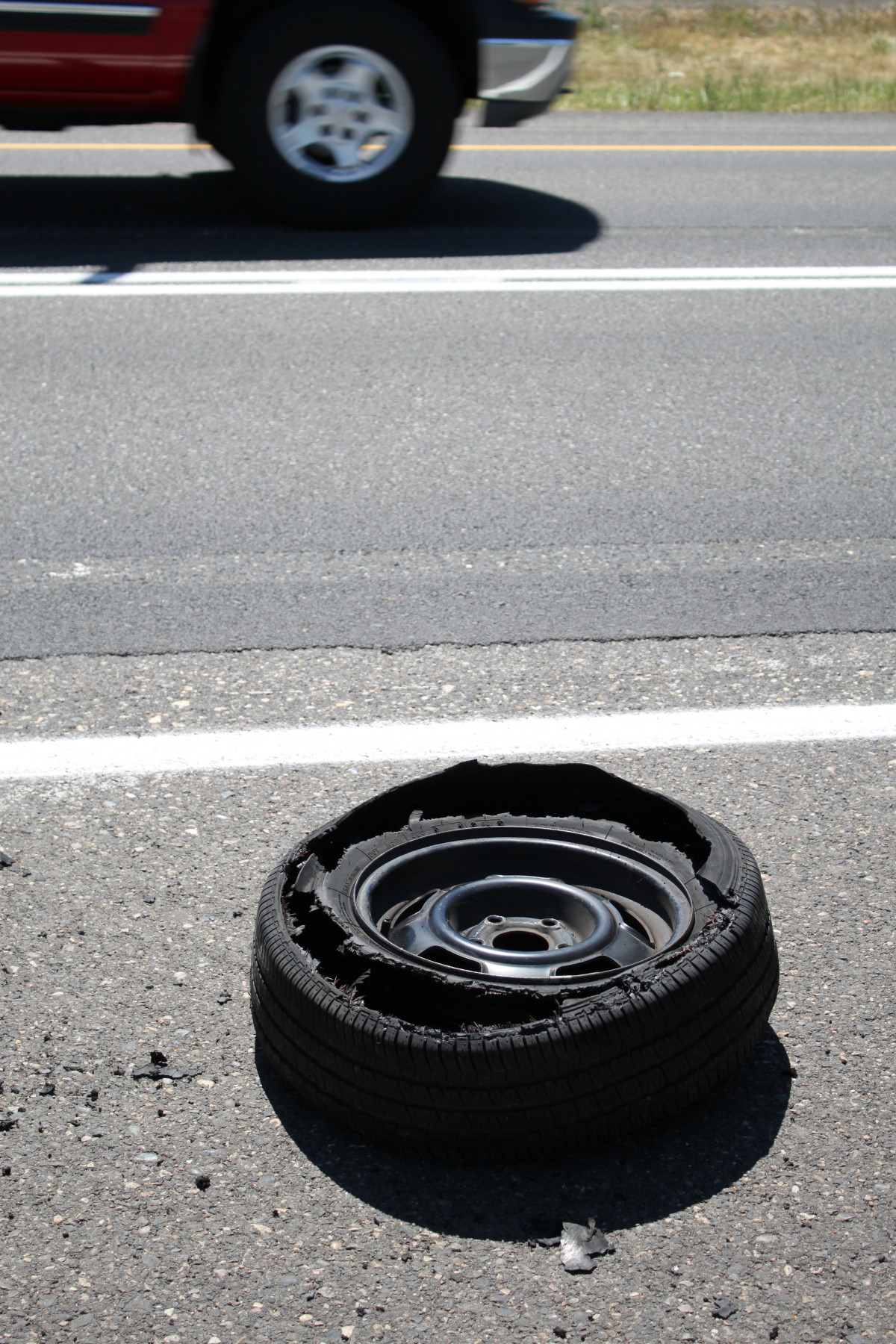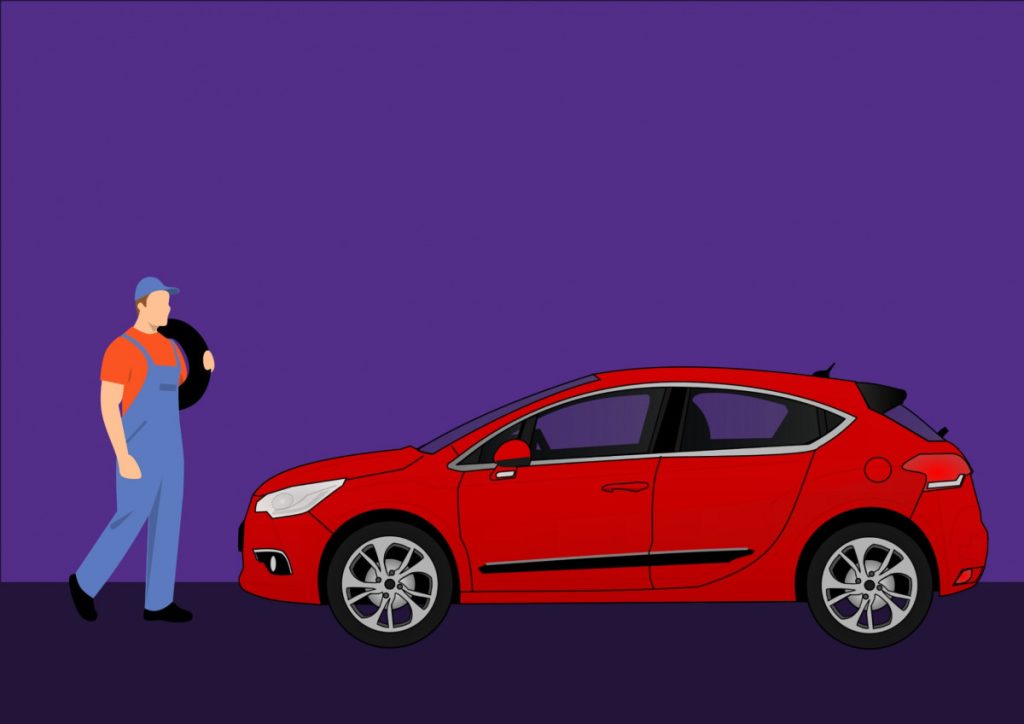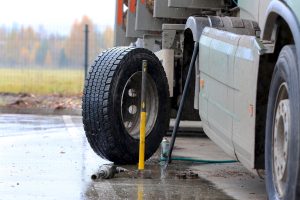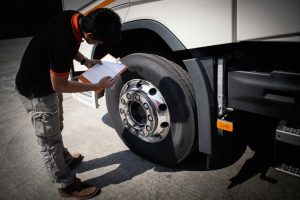G’day there! Are you tired of dealing with flat tyres and unsure about when to repair or replace them? Well, worry no more! In this guide, we’ll walk you through some essential tips for tyre repair and replacement, ensuring you stay safe on the road. By following these simple steps, you’ll be equipped with the knowledge you need to keep rolling smoothly. So, let’s dive in and get your tyres back in top-notch condition!
Regular Inspections
Regular tyre inspections are crucial for identifying issues early on. Here’s what you need to do:
Check tyre pressure: Ensure your tyres are properly inflated to the recommended pressure. Underinflated or overinflated tyres can affect your vehicle’s performance and safety.
Examine tread depth: Use a tread depth gauge or the “coin test” to measure the depth of your tyre tread. If it falls below the recommended depth, it’s time for a replacement.
Inspect for damage: Look for any signs of cuts, bulges, or punctures on the tyre sidewalls or tread. These can compromise your tyre’s integrity and should be addressed promptly.
Tyre Repair
In some cases, a tyre can be repaired instead of replaced. Here’s what you need to know:
Assess the damage: If you encounter a puncture, determine if it can be repaired. Small punctures in the tread area can often be fixed, but sidewall or shoulder damage may require replacement.
Use a plug or patch: Tyre repair kits are available that allow you to insert a plug into the punctured area or apply a patch on the inside. Follow the kit instructions carefully or consult a professional for assistance.
Check for leaks: After repairing the tyre, check for any air leaks by applying soapy water to the repaired area. If bubbles form, there may be a leak, and the tyre should be inspected further.
Tyre Replacement

In certain situations, tyre replacement is necessary for your safety. Consider the following:
Worn-out tread: As your tyres wear down over time, the tread depth decreases, affecting traction and grip. If the tread depth is below the legal limit or nearing it, it’s time for new tyres.
Uneven wear: Uneven tread wear can indicate alignment or suspension issues. If you notice excessive or uneven wear patterns, have your vehicle checked by a professional and replace the tyres if necessary.
Age of the tyres: Tyres deteriorate over time, even if they have sufficient tread depth. If your tyres are more than six years old, it’s recommended to have them inspected regularly and consider replacing them.
Proper Tyre Maintenance
To extend the lifespan of your tyres and ensure optimal performance, follow these maintenance tips:
Rotate your tyres: Regularly rotate your tyres to promote even wear. Consult your vehicle’s manual for the recommended rotation pattern.
Maintain correct alignment: Misaligned wheels can cause uneven tyre wear. Have your alignment checked periodically, especially after hitting potholes or curbs.
Balance your tyres: Proper tyre balance helps prevent vibrations and uneven wear. Balancing should be done when installing new tyres or if you experience vibrations while driving.
Monitor tyre pressure: Check your tyre pressure regularly and adjust it as needed. Properly inflated tyres improve fuel efficiency and handling while reducing the risk of blowouts.
Congratulations! You’re now armed with valuable information on tyre repair and replacement. Remember, regular inspections, prompt repairs, and proper maintenance are key to ensuring your tyres keep you safe on the road. By following these tips, you’ll not only extend the lifespan of your tyres but also enjoy a smoother and more fuel-efficient ride. So, put this knowledge into action and keep rolling safely. Happy motoring!




